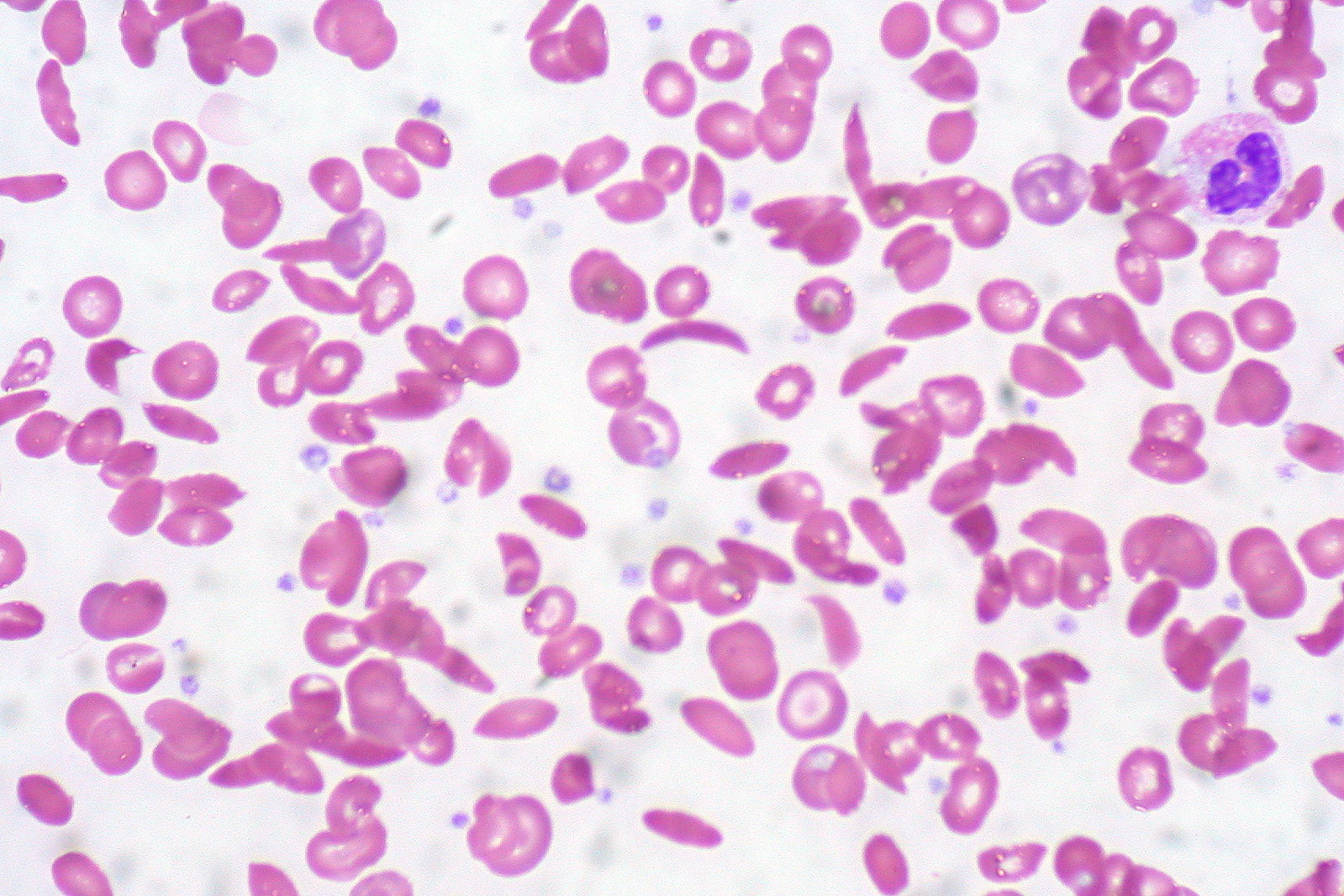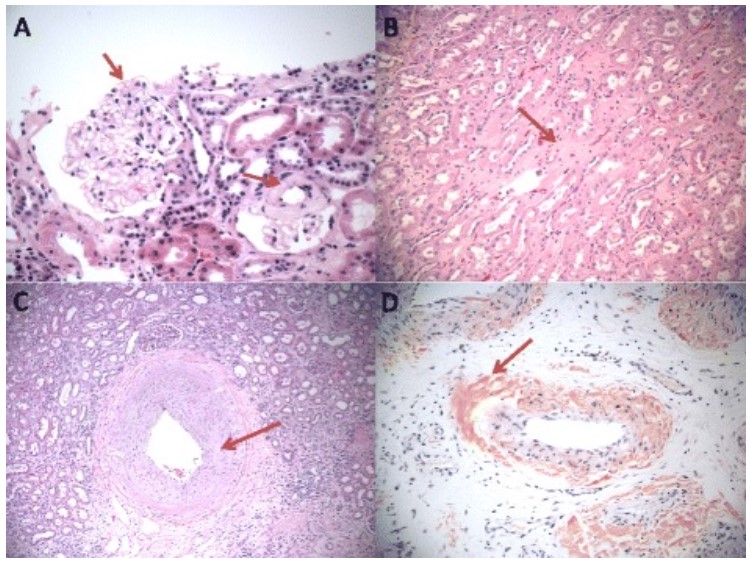Playlist
Show Playlist
Hide Playlist
Renal Case: 38-year-old Man with Sickle Cell Disease
-
Slides Nephrotic Syndromes.pdf
-
Reference List Nephrology.pdf
-
Download Lecture Overview
00:01 Let's move onto another clinical case. 00:04 You have a 38 year-old African-American gentleman's with sickle cell disease. 00:08 He presents with proteinuria on routine lab screening and an elevated creatinine. 00:12 He has minimal edema. 00:13 His serum creatinine is elevated at 1.8 milligrams per deciliter. 00:17 And a serum albumin slightly lower at 3.8 grams per deciliter, but not too low. 00:21 His urine analysis shows 3+ protein on dipstick. 00:25 And he has no significant cellular elements. 00:27 No white blood cells, no red blood cells by microscopy. 00:30 He has about 3.5 grams of protein on his spot urinary protein to creatinine ratio. 00:35 So the question is what is the likely etiology of this gentleman's renal presentation? Let's go through our case and see if we can answer that question. 00:45 So I think the important things to note is that the underlying disease process that this gentleman has he has sickle cell disease when we think about sickle cell disease those patients often times are coming in with repeated episodes of vaso-occlusive crisis, and they can develop things like papillary necrosis in the kidney. 01:03 When people develop that, they end up actually losing renal mass over time. 01:08 So they develop chronic kidney disease. 01:10 The other thing that's very interesting is he has minimal edema. 01:14 So it's got the presence of nephrotic range proteinuria, right? So he's got three point five grams of proteinuria, but a serum albumin is only slightly low and has minimal edema. 01:24 So when I see this, I really think about focal segmental glomerulosclerosis of the secondary type. 01:30 We'll talk a little bit more about what that means in our upcoming slides.
About the Lecture
The lecture Renal Case: 38-year-old Man with Sickle Cell Disease by Amy Sussman, MD is from the course Nephrotic Syndrome.
Included Quiz Questions
Which of the following glomerulopathies is associated with sickle cell disease?
- Focal segmental glomerulosclerosis
- Minimal change disease
- IgA nephropathy
- Membranoproliferative glomerulonephritis
Customer reviews
5,0 of 5 stars
| 5 Stars |
|
5 |
| 4 Stars |
|
0 |
| 3 Stars |
|
0 |
| 2 Stars |
|
0 |
| 1 Star |
|
0 |





